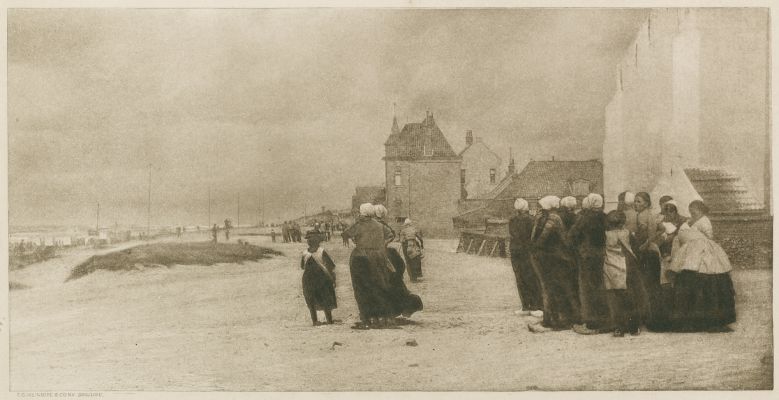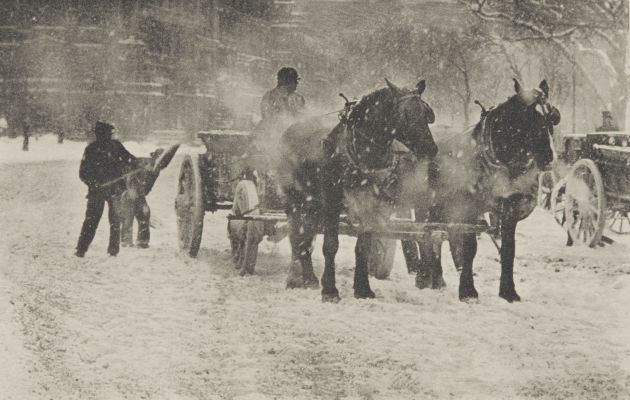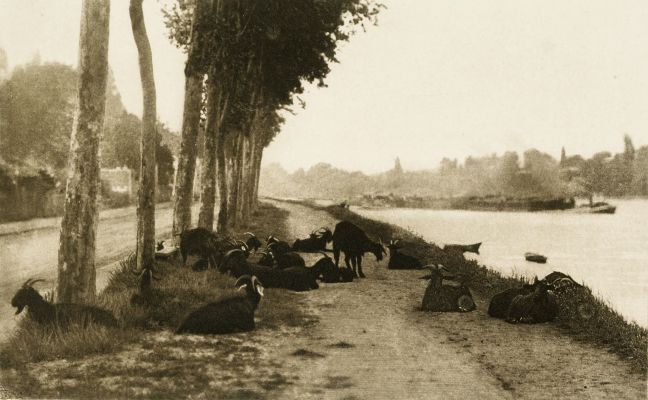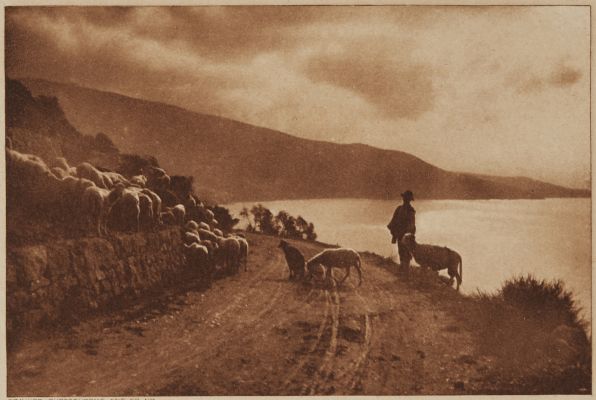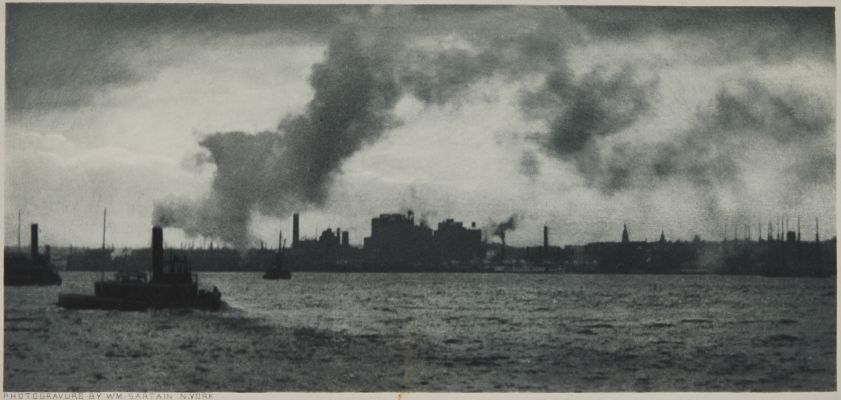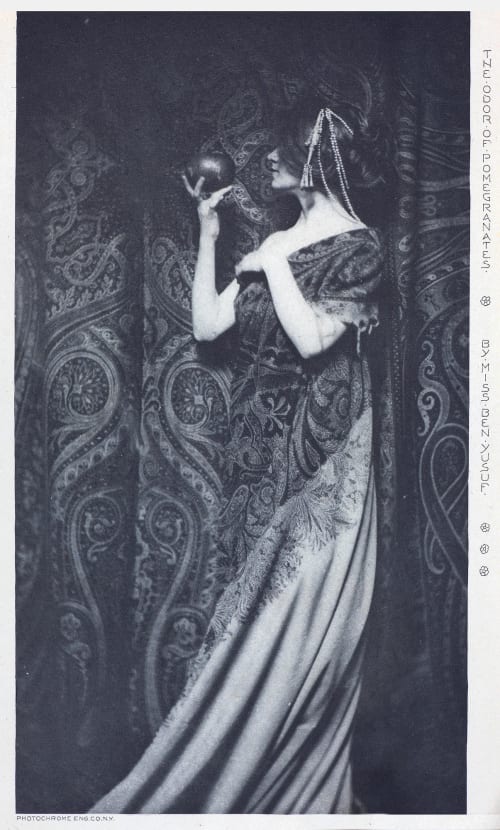
Title
The Odor of PomegranatesArtist
Ben-Yusuf, Zaida (American, 1869-1933)Publication
The Photographic TimesDate
1901Process
PhotogravureAtelier
Photochrome Engraving Company, New YorkImage Size
19.5 x 11 cm
The Odor of Pomegranates addresses the kind of mythical subject matter usually associated with painting and sculpture. Ben-Yusuf wrote that ‘a study of the great paintings, especially the modern ones, is of more value than the study of photographic textbooks’. In 1900 the photograph was described as ‘figured with curving lines that resembled writhing serpents, and into which the draped figure almost melted … [it]… was sensuous to a degree, and essentially oriental in its conception.’ It was included in Fred Holland Day’s 1900 Royal Photographic Society exhibition, ‘The New School of American Photography’. Born in London Ben-Yusuf emigrated to New York in 1895, where she set up a portrait studio in 1897, declaring that she would become the ‘Mrs. Cameron of America’. She published widely and exhibited in London and Paris. (Jacobi)
This photogravure is from the journal generally known as generally known as The Photographic Times, one of America’s earliest and most important photographic journals. The Times first appeared as a supplement incorporated within the pages of the monthly Philadelphia Photographer, one of the first journals devoted to photography published in America beginning in 1864. By 1889 issues were accompanied by well executed hand-pulled photogravure plates which appeared regularly until 1904. Due to changes in ownership or marketing strategies the name changed at least four times over the course of its 45 year run making keeping track of the specifics very difficult. This publication was an invaluable reference for the ever expanding photography movement in America at the turn of the century and published samples by the likes of Alfred Stieglitz, Gertrude Kasebier and Alvin Langdon Coburn. Initially it was geared to the professional photographer as would be expected, since it was published by the Scovil Manufacturing Co.; the articles mirrored their concerns. Reviews and reports from photographic societies were a regular feature. First edited by Edward Wilson, the editorship transferred to John Thraill Taylor, who enlarged the scope in 1880, when it became The Photographic Times and American Photographer. By 1882, an original mounted photograph was inserted, and in 1887, the size was increased to a large quarto, and fine photomechanical illustrations began appearing. It was becoming the preeminent American journal.
First published in 1871 as a supplement of The Philadelphia Photographer. It absorbed The American Photographer in 1879 to become The Photographic Times And American Photographer. In 1902, it merged with Anthony’s Bulletin to form The Photographic Times Bulletin. This periodical is most commonly cited as “The Photographic Times, Photographic Times Publishing Association. [1]
Reproduced / Exhibited
Jacobi, Carol, and Hope Kingsley. Painting with Light: Art and Photography from the Pre-Raphaelites to the Modern Age. , 2016. pl. 116
References
[1] Many thanks to David Spencer for his research which can be found on Photoseed.com https://photoseed.com/blog/2012/11/25/march-of-trades-harmonious-shades-photographic-times/ (David Spencer, Photoseed)
